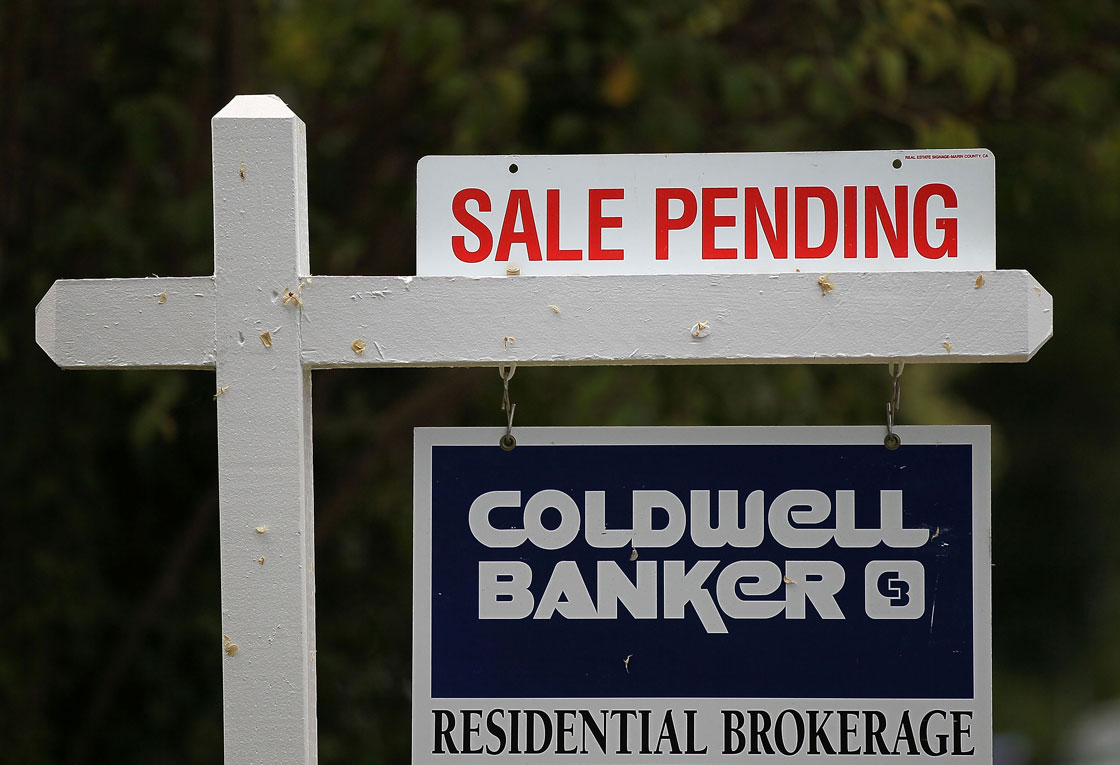OTTAWA – It’s an option for many people buying their first home, but when deciding whether to tap into RRSPs, investment advisers urge caution.

“Whether or not it is a good idea to use the homebuyers withdrawal plan, I would say the answer is maybe,” says Kelly Gares, an adviser with BlueShore Financial in West Vancouver, B.C.
“It does depend on your particular circumstances.”
Under the homebuyers’ plan, people can withdraw up to $25,000 from an RRSP to help buy or build a first home. They need to repay the amount to their RRSP and generally have up to 15 years to put the money back in their account.
In essence, people are borrowing money from themselves. And while they don’t have to pay themselves any interest on the money they take out, they are giving up any gains they might have made on the money had it remained invested in an RRSP.
MORE: Latest coverage — RRSP deadline
Mortgage payments aren’t the only cost to buying a new home. There are maintenance costs, property taxes and utility bills. People need to be sure they’ll also be able to repay their withdrawal within the allowed time as well as continue saving for retirement.

Get weekly money news
Crystal Wong, senior regional manager for financial planning at TD Wealth, says when saving for a first home, she would encourage people to use a regular savings account or a tax-free savings account instead.
With a TFSA, people don’t pay any tax on the investment gains in the account and they don’t need to repay the money they withdraw.
However, Wong said if people find themselves short, they can consider going into their RRSPs.
“The pro to that is that you’ve got the money that you’ve saved, so it is your funds,” she said. “The con would be that you kind of give up some of the potential growth that you have in the RRSP that actually funds your retirement.”
MORE: Some handy tips if you’re planning to borrow this RRSP season
Makes sense
Gares says there are times when it does make sense to use retirement savings to help buy a home. He pointed to a situation where taking money from an RRSP might allow people to make a 20 per cent down payment and avoid the need for high-ratio mortgage insurance.
“Avoiding those types of transactional costs, that is certainly a scenario where I think it is justifiable to use the homebuyers’ plan,” Gares said.
However, he warned that if a person’s only real asset is in real estate and they don’t have any other savings or investments, they are not truly diversified.
“That’s one thing I would caution against,” he said.
“If you’re really utilizing all of your liquid assets for the purpose of making that purchase, then you might need to consider if that’s really an affordable expense for you.”







Comments